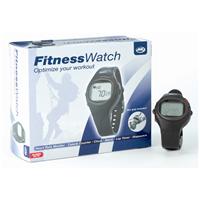Glasgow: The growing obesity problem in the UK could bankrupt the state health system, warn doctors in the Britisih Medical Journal.
In the United Kingdom, well over half the population is overweight and more than one in five adults is obese, write Naveed Sattar and colleagues. Obese people are at high risk of multiple health problems, while the cost of obesity to a country’s health service is currently estimated at up to 9%, and the overall social cost of the condition is seen as a major hindrance to economic development.
So, can we reverse the rising trend in the prevalence of obesity, and if so, when?
People clearly have some responsibility for their health, but society and government also have a responsibility to make the preferred, easy choices healthier ones. It is increasingly apparent that most individuals are unable to make enough proactive changes to prevent excess weight gain but are simply reactive to their environment, say the authors.
What is provided is what is eaten so what is provided has to change, they add. Thus education alone will fail to halt this obesity epidemic, and environmental changes (physical, food, and fiscal policy) are urgently needed.
They believe that prevention is the only economic long term solution to the problem and recommend that:
The food industry needs to take more responsibility for preventing obesity. And governments, as custodians of public health, should create the conditions for this to happen.
The advertising of energy dense foods needs to be substantially curtailed
The basic principles of energy balance should be taught in primary schools, and education should be provided at all levels to change attitudes and behaviour towards diet and physical activity
Obesity health issuesshould be made a core part of all medical training
Public health consequences should be considered for all decisions made in public life
Medical practice must adapt to the current epidemic of obesity and nutrition related diseases, while society must also accept that many people now need drugs (and in some cases, surgery) to cut risks of and disability from obesity, and to limit its progression, they write.
As the prevalence and costs of obesity escalate, the economic argument for giving high priority to obesity and weight management through a dedicated coordinating agency will ultimately become overwhelming. The only question is, will action be taken before its too late?



